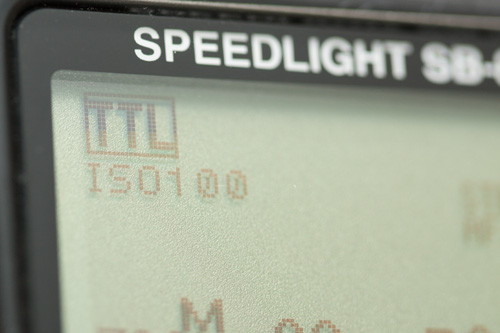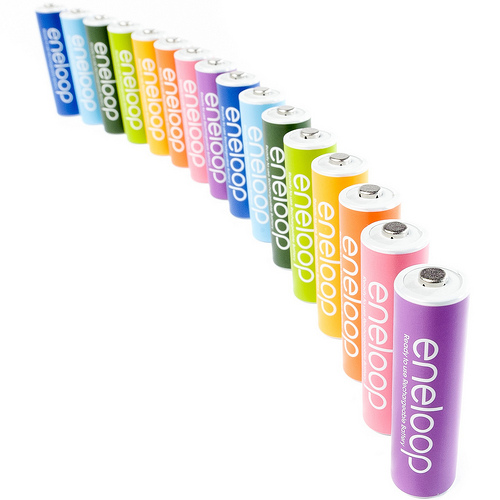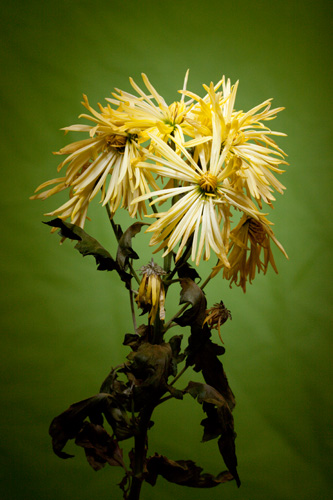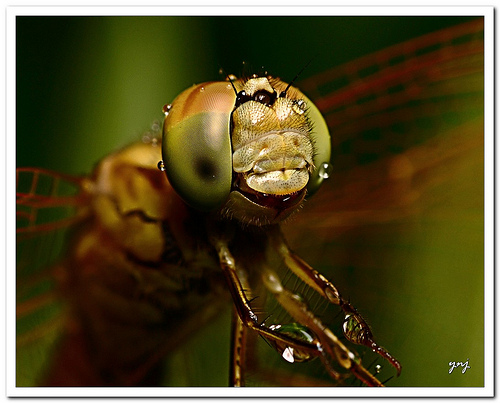What is TTL Flash?
TTL stands for Through The Lens, and refers to the camera metering the exposure through the lens, rather than using an external light meter. The exposure meter reading is used by the camera when determining the aperture and/or shutter speed in any auto exposure mode.
Virtually all cameras made today use TTL metering. A TTL flash means that the output of the flash can be set automatically by the camera, based on the camera's TTL metering system.

TTL mode on flash speed light







